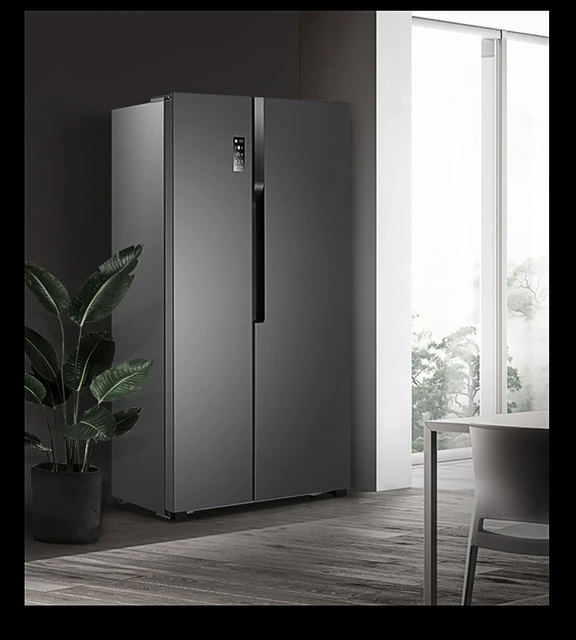Introduction:
The world of home appliances is constantly evolving, driven by advancements in technology and the changing needs of consumers. From smart features to energy efficiency, new technologies are transforming the way we interact with and benefit from our appliances. In this article, we will explore the latest technology trends in home appliances, examining factors such as connectivity, automation, energy efficiency, voice control, and artificial intelligence. By understanding these new technologies, consumers can make informed decisions when selecting appliances that align with their lifestyle and preferences.
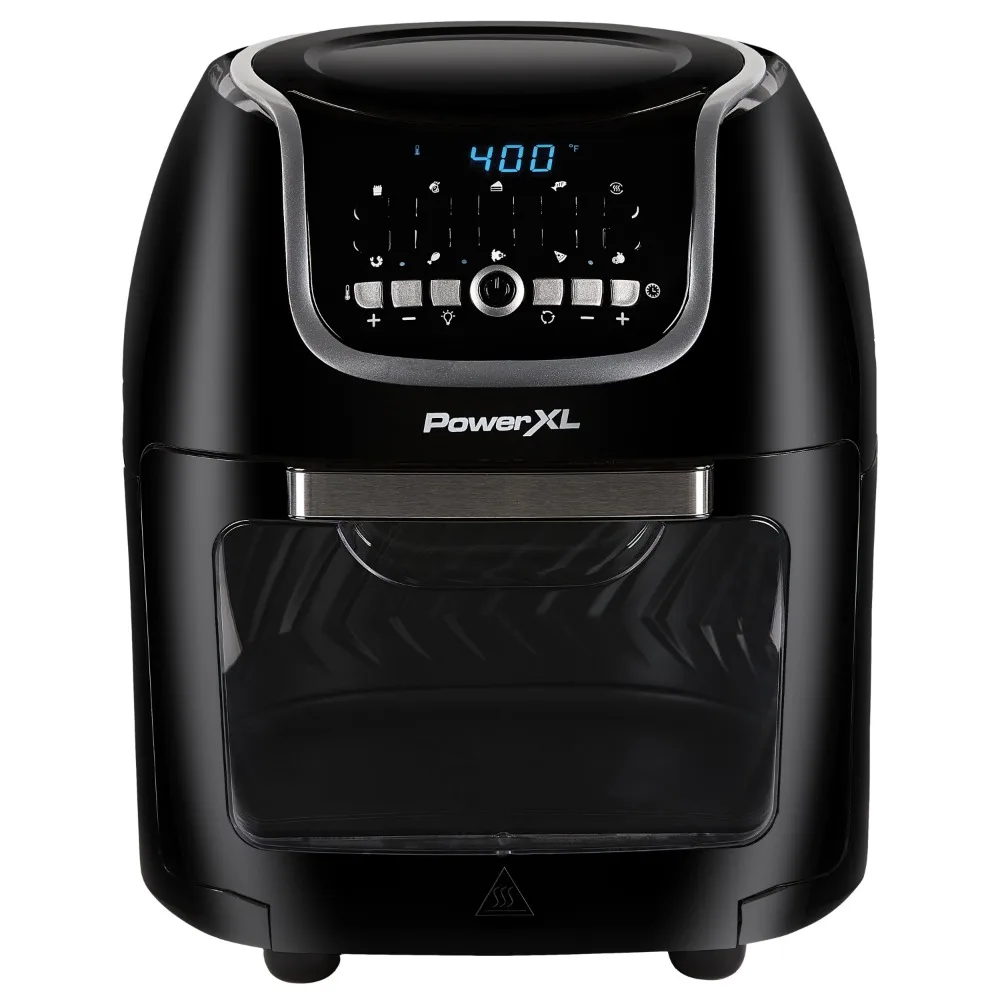
What is the new technology in home appliances?
Smart Connectivity:
a. Internet of Things (IoT): The Internet of Things (IoT) has revolutionized the home appliance industry. Appliances equipped with IoT technology can connect to the internet, allowing users to control and monitor their appliances remotely. Through smartphone apps or voice commands, users can adjust settings, receive notifications, and even access data analytics for improved efficiency and maintenance.
b. Seamless Integration: Smart appliances are designed to seamlessly integrate into smart home ecosystems. These appliances can communicate with each other and with other smart devices, such as lighting systems or security cameras, creating a connected and cohesive home environment.
c. Energy Management: Smart connectivity enables appliances to optimize energy usage based on user preferences and grid conditions. They can leverage real-time data to adjust settings, such as temperature or water usage, to maximize energy efficiency and reduce utility costs.
Automation and Artificial Intelligence (AI):
a. Automated Functions: Appliances are becoming increasingly automated, allowing for hands-free operation and convenience. For example, robotic vacuum cleaners can navigate and clean floors autonomously, while smart ovens can preheat and adjust cooking settings based on recipes selected through a connected smartphone app.
b. Adaptive Technology: Appliances are incorporating artificial intelligence (AI) to learn user preferences and adjust settings accordingly. AI-powered appliances can optimize energy consumption, suggest personalized recommendations, and even anticipate user needs based on usage patterns and data analytics.
c. Machine Learning: AI-driven appliances are equipped with machine learning capabilities, allowing them to continually improve their performance and adapt to users’ habits and preferences. Through data analysis, these appliances can learn and optimize settings to provide a personalized and tailored experience.
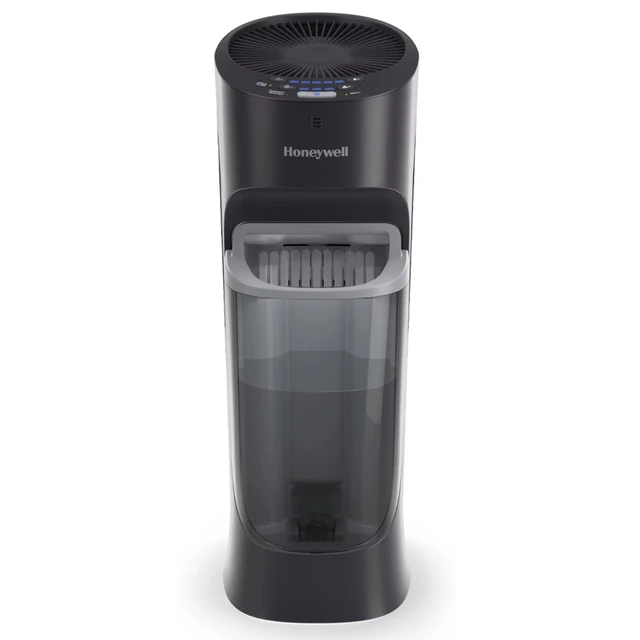
Energy Efficiency:
a. Advanced Sensors and Monitoring: Energy-efficient appliances feature advanced sensors that monitor usage and adjust settings to minimize energy consumption. For example, refrigerators can optimize cooling cycles based on the amount of food inside or adjust temperature settings during periods of low usage.
b. Energy Management Systems: Appliances can integrate with home energy management systems to provide real-time energy consumption data and offer suggestions on reducing energy usage. This integration enables users to make informed decisions about energy conservation and promote sustainability.
c. Energy-Saving Features: Manufacturers are incorporating energy-saving features into appliances to reduce electricity consumption. These features may include eco modes, power-saving standby options, or low-power LED displays, all aimed at minimizing energy usage during operation or standby periods.
Voice Control and Virtual Assistants:
a. Voice-Activated Appliances: Voice control technology has become increasingly prevalent in home appliances. Users can interact with their appliances using voice commands, offering a convenient and hands-free experience. Virtual assistants, such as Amazon Alexa or Google Assistant, can control various functions, including adjusting temperatures, starting or stopping appliances, or setting timers.
b. Integration with Smart Speakers: Appliances can integrate with smart speakers, allowing users to control and monitor their appliances through voice commands. This integration expands the capabilities of appliances, making them even more accessible and user-friendly.
c. Customizable Routines: Virtual assistants allow users to create customized routines that automate multiple appliance functions with a single voice command. For example, saying “Good morning” can trigger a series of actions, such as turning on the coffee maker, adjusting the thermostat, and starting the morning news briefing.

Enhanced User Interfaces:
a. Touchscreen Displays: Appliances are incorporating intuitive touchscreens that provide users with interactive and user-friendly interfaces. These displays offer enhanced control and access to features, settings, recipes, and even video tutorials.
b. Responsive Displays: Displays on appliances are becoming more responsive, adapting to user needs and providing step-by-step instructions during operation. Graphics, animations, and icons guide users through various functions and settings, ensuring ease of use.
c. Mobile Apps and Remote Control: Many appliances are equipped with dedicated mobile apps that allow users to control and monitor their appliances remotely. These apps provide real-time updates, status notifications, and even access to advanced features, enhancing convenience and peace of mind.
Improved Durability and Longevity:
a. Robust Construction: Manufacturers are focusing on enhancing the durability and longevity of appliances. This includes using high-quality materials, reinforced components, and advanced manufacturing techniques to ensure that appliances can withstand daily wear and tear, providing years of reliable performance.
b. Enhanced Maintenance and Self-Diagnosis: Appliances are incorporating self-diagnostic capabilities to identify potential issues and provide maintenance recommendations. This proactive approach helps users address problems before they escalate, reducing the need for costly repairs and extending the lifespan of the appliances.
c. Easy Repairability: Manufacturers are designing appliances with modular components and easily replaceable parts, making repairs more accessible and cost-effective. This shift towards repairability promotes sustainability by reducing electronic waste and prolonging the life of appliances.
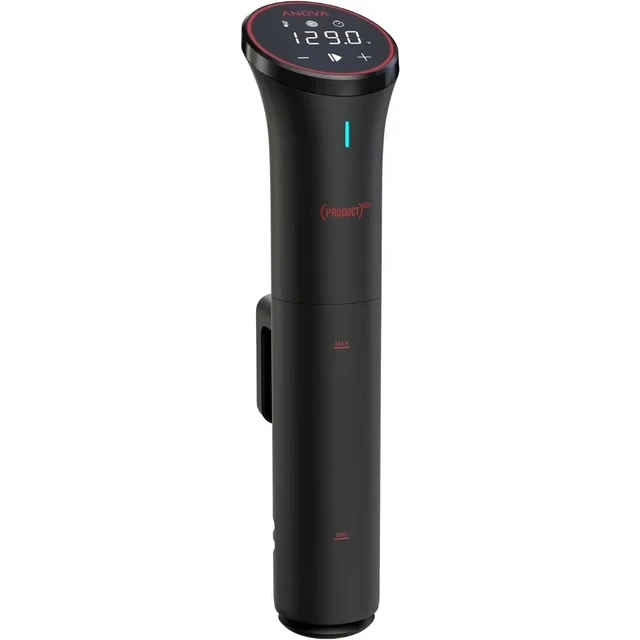
Enhanced Safety Features:
a. Multi-Layered Safety Systems: Appliances are incorporating multiple safety features to protect users from accidents and potential hazards. These safety systems can include temperature sensors, auto-shutoff mechanisms, child locks, and fire prevention technologies.
b. Remote Monitoring and Alerts: Smart appliances can provide remote monitoring and alerts to ensure user safety. For example, refrigerators can notify users of temperature fluctuations or door left open, while ovens can alert users when cooking is complete or if there is a potential hazard.
c. Advanced Fire and Leak Detection: Appliances are integrating advanced detection systems to identify potential fire or gas leaks. These technologies can automatically shut off appliances, sound alarms, and send notifications to users, ensuring prompt response and minimizing safety risks.
Health and Wellness Features:
a. Air Quality Monitoring: Appliances, such as air purifiers or HVAC systems, are incorporating air quality sensors to monitor and improve indoor air quality. These appliances can detect pollutants, allergens, and humidity levels, allowing users to create a healthier home environment.
b. Water Filtration and Purification: Appliances, including refrigerators and dishwashers, are integrating water filtration and purification systems. These features ensure clean and safe water for consumption and usage, benefiting users’ health and well-being.
c. Smart Nutrition Tracking: Kitchen appliances, such as smart blenders or food processors, are incorporating nutrition tracking capabilities. Users can input ingredients or scan barcodes, and appliances provide nutritional information, helping users make informed decisions about their diets.
Design Innovations:
a. Space-Saving Solutions: Appliances are being designed with space-saving features to accommodate smaller living spaces and maximize efficiency. This includes compact designs, stackable options, and modular configurations that offer flexibility and convenience without compromising functionality.
b. Customizable Aesthetics: Manufacturers are providing customizable options, allowing consumers to personalize the appearance of their appliances. From interchangeable panels to a range of color choices, these customizable aesthetics enable appliances to seamlessly blend with various kitchen designs and personal preferences.
c. Integration with Smart Home Decor: Appliances are integrating with smart home decor, becoming more than just functional devices. For example, refrigerators can display digital artwork or family photos, creating a more visually appealing and personalized kitchen environment.
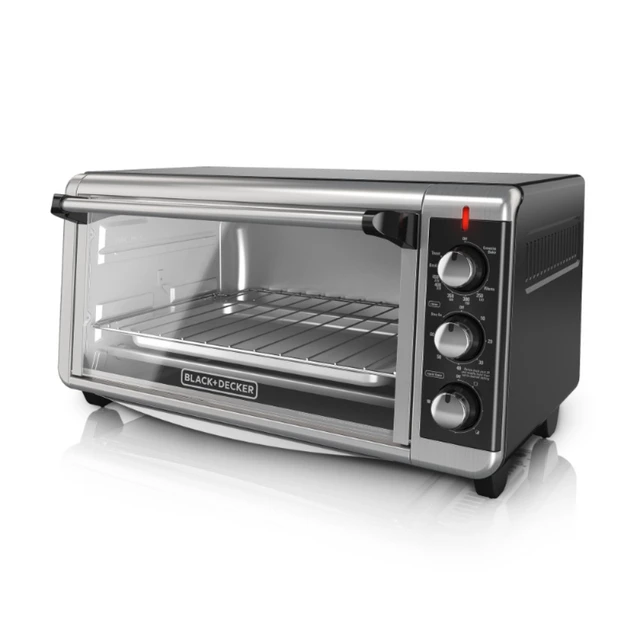
Conclusion:
The home appliance industry is experiencing a technological revolution, with new advancements reshaping the way we interact with and benefit from our appliances. From smart connectivity and automation to energy efficiency and voice control, these technologies are enhancing convenience, efficiency, and sustainability in our homes. The integration of IoT and AI enables appliances to communicate, learn user preferences, optimize energy usage, and provide personalized experiences. Energy-efficient features, advanced sensors, and energy management systems promote sustainability and reduce utility costs. Voice control and virtual assistants offer hands-free operation, while enhanced user interfaces provide intuitive control and access to advanced features. As technology continues to evolve, the home appliance industry will continue to innovate, providing consumers with appliances that simplify their lives, conserve resources, and offer a seamless and connected home experience.

